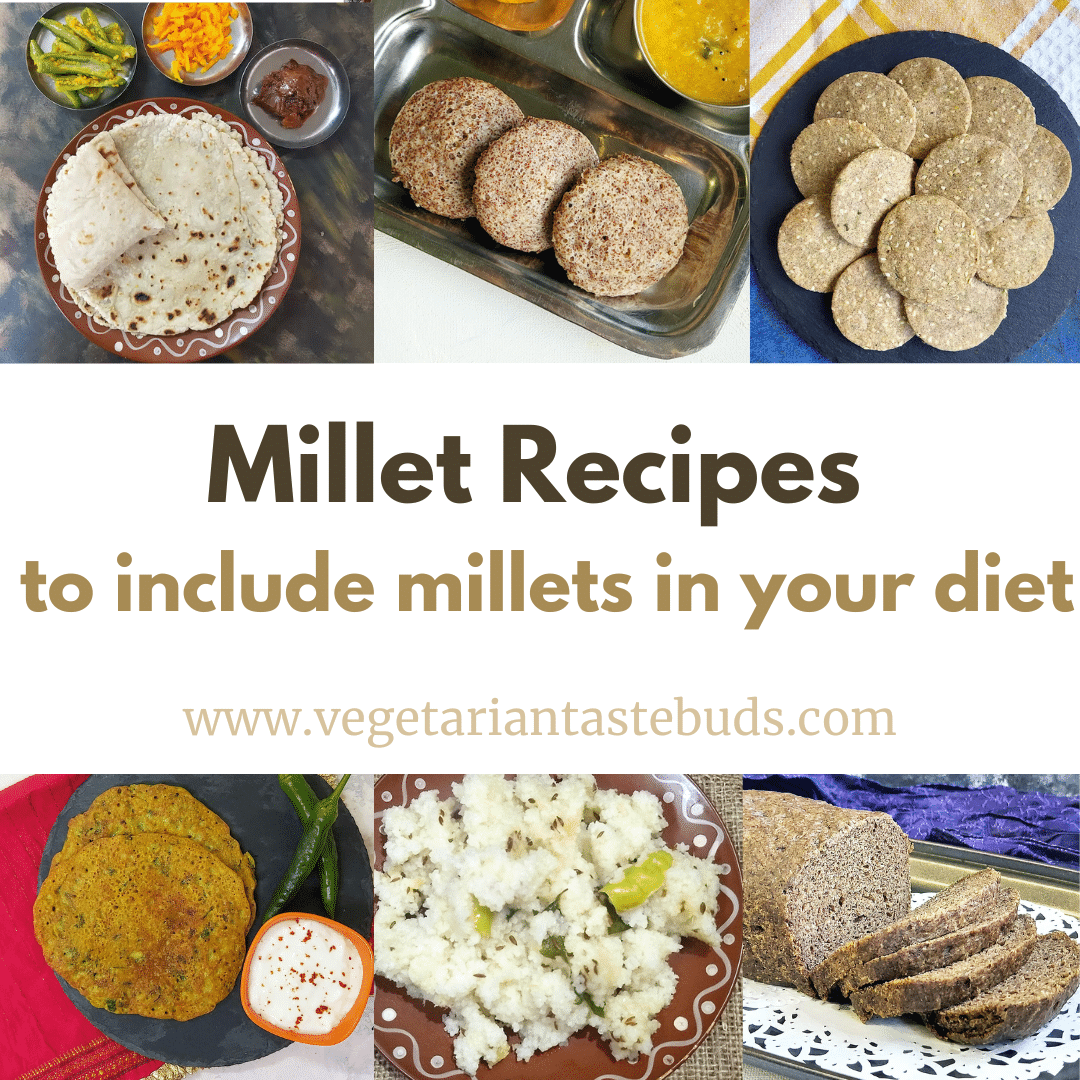
Ragi, jowar, and bajra, amongst all types of millets, have been staples in Indian kitchens for generations and are among the world’s oldest cultivated grains. But still, we often face the challenge of including millets in our diet daily. This article will address millets, how to include millets in your diet, and recipes to try.
Different types of vegetables and fruits are necessary for different nutrients. In the same way, different millets are required to reap their maximum benefits.
These millet recipes will help you to enjoy millets deliciously.
Here is a list of some of the most common millet types and their health benefits.
Health Benefits of Millets
Ragi
Ragi, also known as Finger Millet or Nachni, originates in Africa and has long been farmed in Uganda and Ethiopia. You can also prepare Ragi flour by sprouting, drying, and grinding the grains.
- Compared to other grains, Ragi is one of the best non-dairy providers of calcium. Ragi is a good source of natural iron, making it beneficial to anaemic patients and those with low haemoglobin levels
- The grain’s seed coat is high in polyphenols and dietary fibres than rice, maize, or wheat. The low glycaemic index reduces meal cravings and keeps digestion moving, keeping blood sugar levels within a safe range
- The high dietary fibre content keeps the stomach fuller for longer
Did you know you can make soft and fluffy Ragi Idli using the whole ragi? Give these ragi idlis a try.
Jowar
Jowar, known as sorghum, is the world’s fifth most important crop. It is a staple source of sustenance in dry places and is widely cultivated in Asia and Africa. It also requires no special care to flourish.
- Jowar is a gluten-free whole grain, making it an excellent choice for gluten-intolerant people.
- It’s also a good option for diabetics because it digests slowly, producing steady blood sugar levels
- Jowar’s fibre helps keep the bowels moving, preventing constipation. It is also linked to lower levels of harmful LDL cholesterol, which protects the body against the onset of cardiovascular disease
- This grain is high in B vitamins and folate, which are vital components for a healthy body
Jowar roti is an excellent way to include jowar in your daily diet.
Bajra
Pearl millet, or bajra is one of the oldest grains people have grown. People in remote India eat it a lot, and you can buy it worldwide. It has many nutrients and is suitable for your health in many ways.
- Bajra’s gluten-free protein composition is an alternative to our gluten-heavy everyday meals.
- Furthermore, bajra is high in magnesium, which has been linked to a lower incidence of diabetes. It is beneficial for heart patients to include bajra in their diet.
- Bajra is beneficial to diabetics due to its high fibre content and the presence of slowly digesting starch, which takes longer to convert to glucose. This aids in managing diabetes and provides diabetics with prolonged energy release.
- When compared to other grains, bajra contains more beneficial omega-3 lipids.
Bajra, like most millets, is a high-nutrient source of protein, carbohydrates, vitamins, minerals, and beneficial plant compounds.
If you’re looking for a nutritious way to kick off your day, try making some Bajra Methi Chilla.
You have now seen the advantages of millet. However, before introducing anything new into our diet, we should know the risks. Let’s have a look at some things to bear in mind when eating millet.
Things to consider before consuming millet
- Increase your millets consumption gradually to avoid stomach issues
- Soak the millet before using them
- Make sure the millets are well cooked
- Don’t limit yourself to just one type of millet. Attempt to include a variety of millets
- Alter rice, millet, whole wheat, and other grains
- Choose your millet according to the weather. For example, you can minimize your use of Bajra during the summer
How to include millets in your daily menu
- Add any millet flour while making chapatis/roti along with wheat flour. Initially, keep the proportion of millets to wheat flour at 40:60. Gradually, you can increase the millet quantity.
- While making khichdi, add any whole grain in addition to rice and dal. Remember to soak them properly.
- While making kadhi, instead of besan, try using different flours like jowar flour, bajra flour or rajgira atta. Try this farali kadhi recipe using rajgira (amaranth) atta.
- Add little millet flour along with wheat flour or maida while making cookies and cakes. You can have a look at our multigrain nankhatai and multigrain crackers recipe.
- Add a small quantity of millet flour like ragi or bajra to the idli/dosa batter before fermenting.
- You can even use whole grains while making the batter. Try our ragi idli recipe using the whole ragi.
Millet Recipes to Try
Here is a collection of millet recipes that you can try.
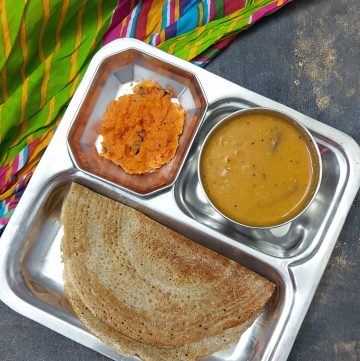
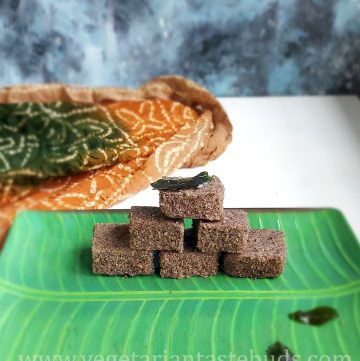
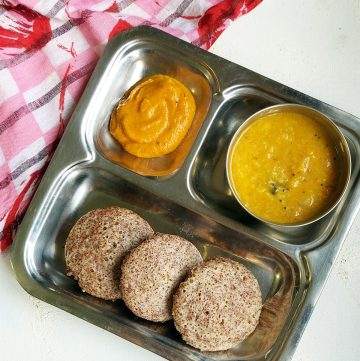
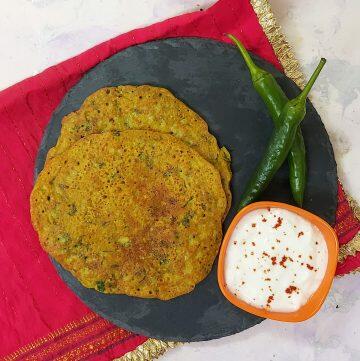
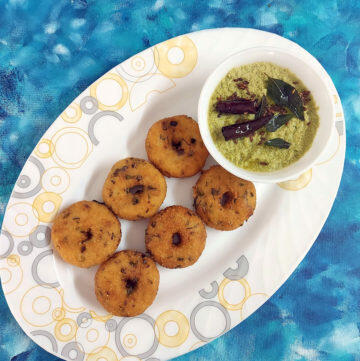
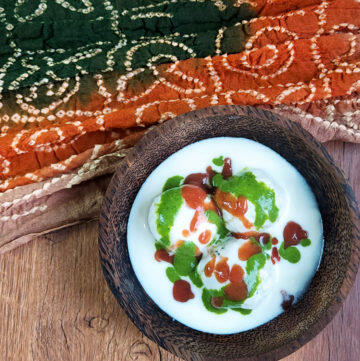
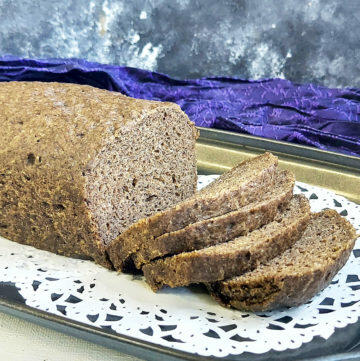

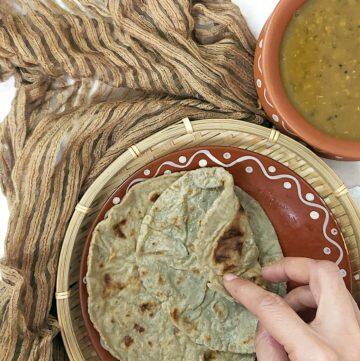
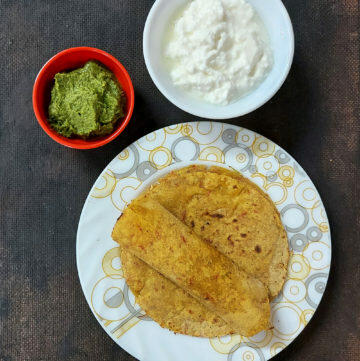
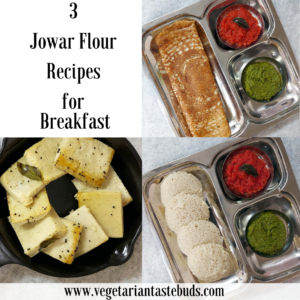
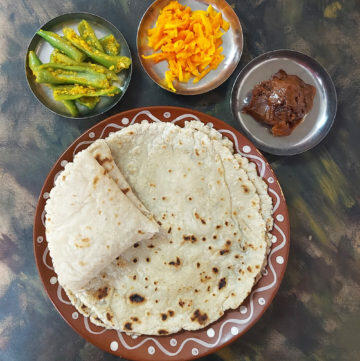
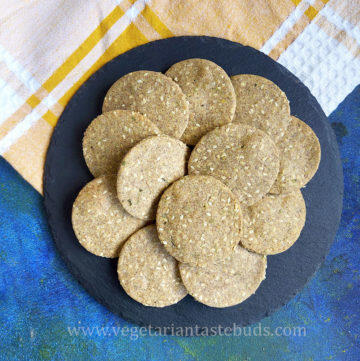
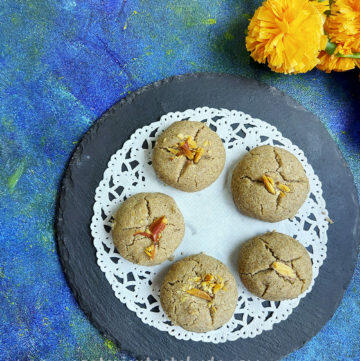
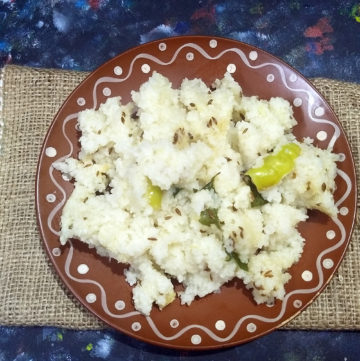
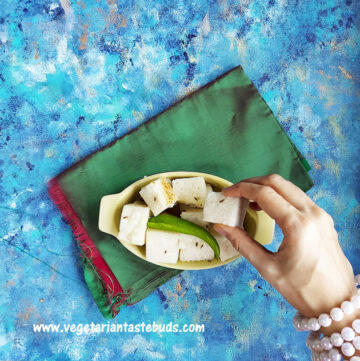
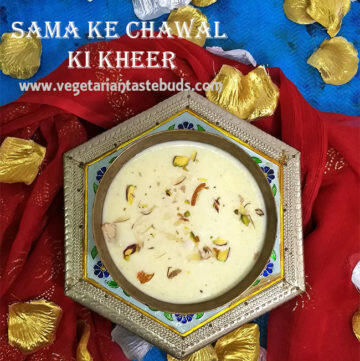
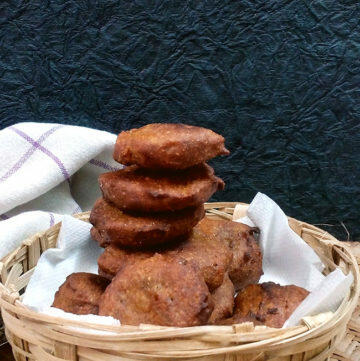
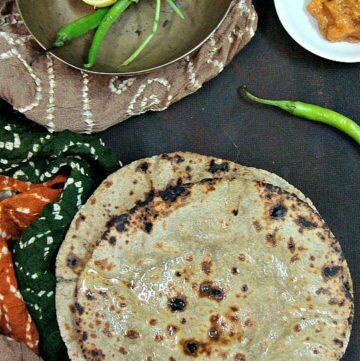
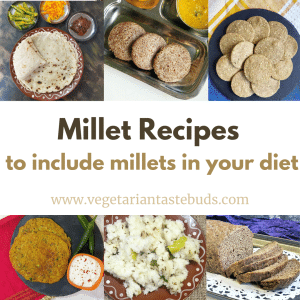
20+ Millet Recipes Collection
Loved this recipe? Leave a comment below and give us a 5★ rating
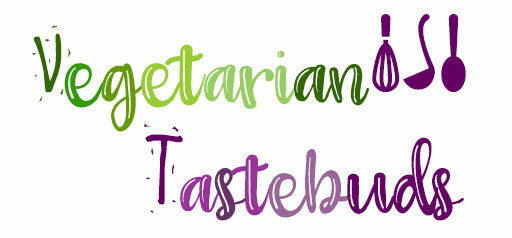
Leave a Reply